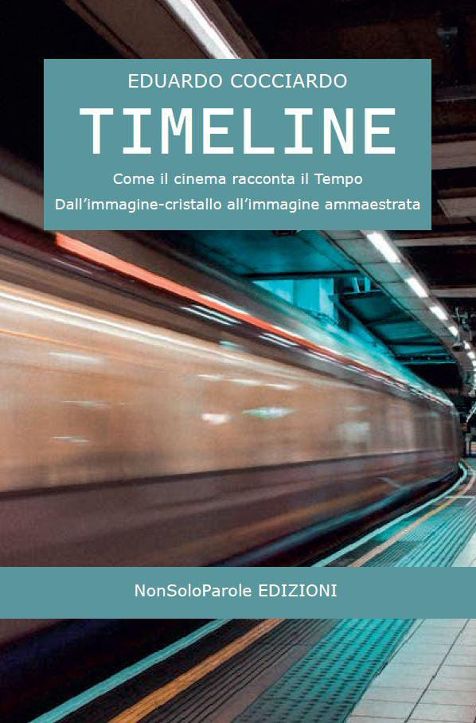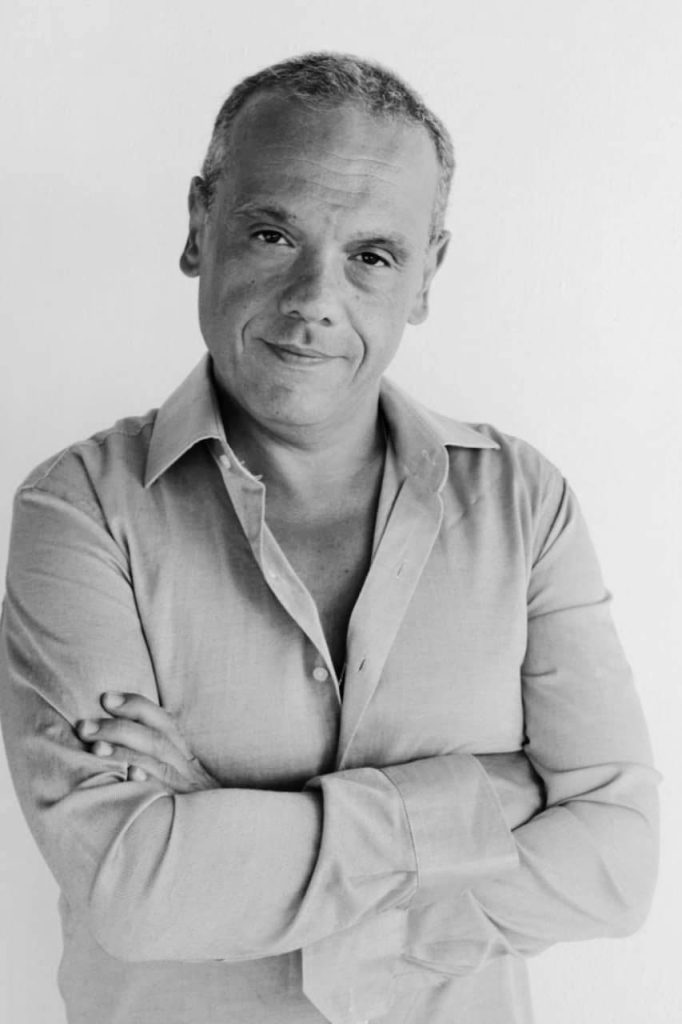
With Timeline – How Cinema Tells Time – From the Crystal Image to the Tamed Image, published by Non Solo Parole Edizioni, with which I published the critical essay The Interrupted Applause – Poetry and Periphery in the Work of Massimo Troisi in 2005, I wanted to explore and develop a theme that is very dear to me, already present as a thematic prompt in my latest cinematic and narrative works: the true nature of Time. I enjoyed revisiting and reworking studies I started at the Department of Music and Performing Arts at the Faculty of Arts at the University of Siena, where I graduated in 1999, trying to extend the analysis to contemporary cinema and to the productive and expressive crisis of a large part of Italian cinema. I have thus concluded that Cinema is the only art capable of revealing the mystery of Time, as long as it is free from the constraints of the market. Therefore, while modern cinema has focused on the more or less conscious representation of Time – after the classical cinema saw movement and the logic of actions as its expressive core – on the other hand, especially in Italy, the flattening of production practices has led to the rise of a “tamed image,” one that is dedicated to presenting a simplified and impoverished version of the world, directly influenced by the social-television dogma.

The essay then reviews the entire history of Cinema, focusing on the expressive modes of the cinema of Time, on its ability to distance itself from an image of the world that is programmatically imposed, to then identify in the “tamed image” its reactionary variant, more interested in convenient clichés, in self-replication, in the forced preservation of the known world. From the first experiments of the Lumière brothers and Méliès to the films that have irreparably marked our imagination, such as Last Year at Marienbad, Back to the Future, and Interstellar, with a glance at the TV series that have changed our way of perceiving reality, such as Heimat, Twin Peaks, and Dark.
Moving between Deleuze, Bergson, Heidegger, and Nietzsche, the essay explores the true nature of time, certainly different from the chrono-logical one we are used to believing in. It then analyzes the systemic trends of contemporary cinema and its state of expressive crisis, particularly in Italy, identifying the “tamed image” as a sign of flattening and impoverishment of storytelling. It ends by posing the most important question: what is reality, really? Because answering the question “what is Time, really?” is equivalent to asking what is the reality we call “reality.” How much of it is objective? Is it almost entirely the result of a crossroad of imposed perceptions, both from our subjectivity and from the inputs launched by mass communication?
It becomes undeniable, then, that loving Cinema means believing in its analytical and re-elaborative capacities regarding the lived reality. Thus, it is essential to fight for the freedom of Cinema from consumer practices, from the lobbies that hold a significant part of its production, and from the visions dictated by social-television conditioning. In conclusion, Cinema emerges as an art that requires constant questioning, a new restoration, an analysis that never settles for what’s been seen or said before, but that strives with all its might to penetrate the veil of finality and artificial theatricality that covers the truth of things, assuming that such a truth may exist.
This essay, then, is imbued with passion for Cinema, aimed at enthusiasts, experts, scholars, students, and anyone who wants to discover what Cinema is, and, above all, what Time is.
